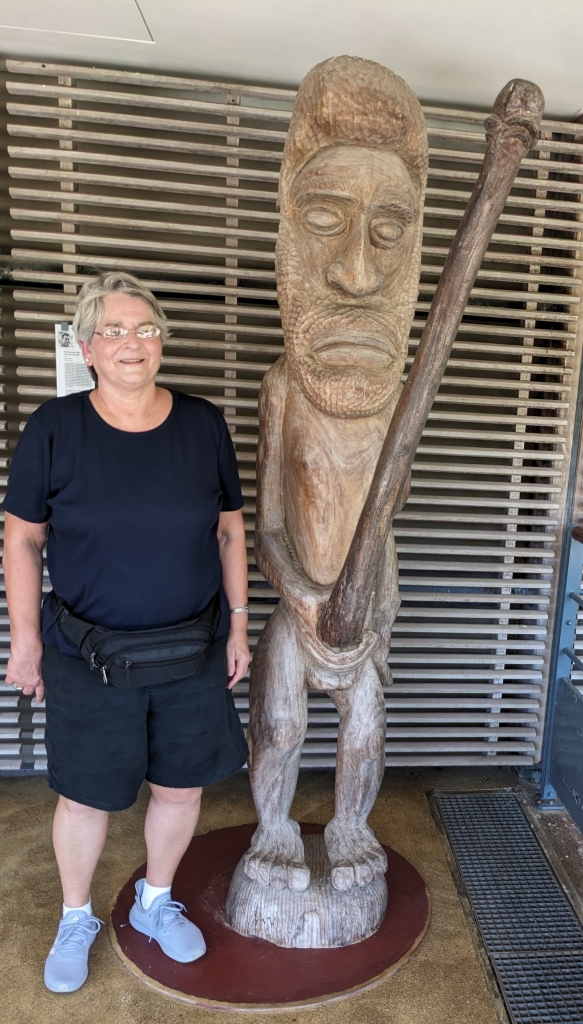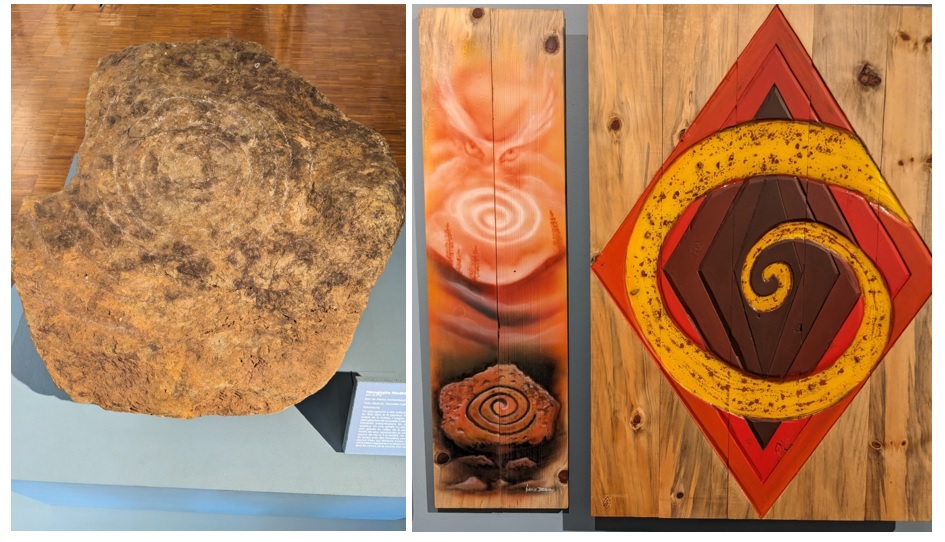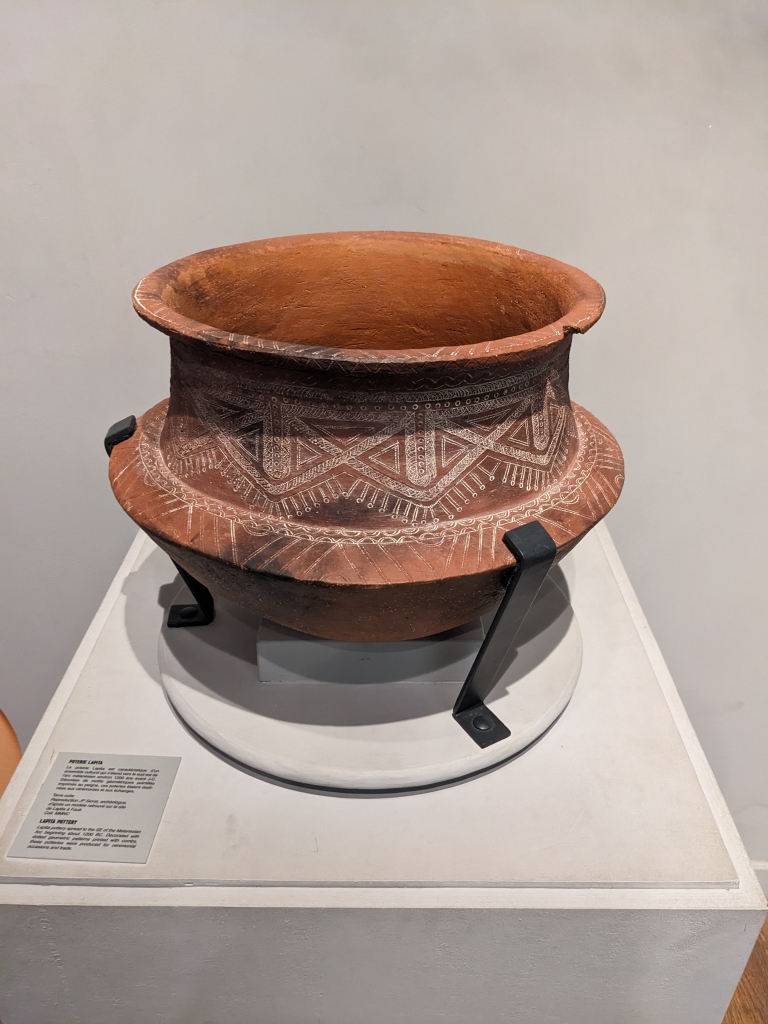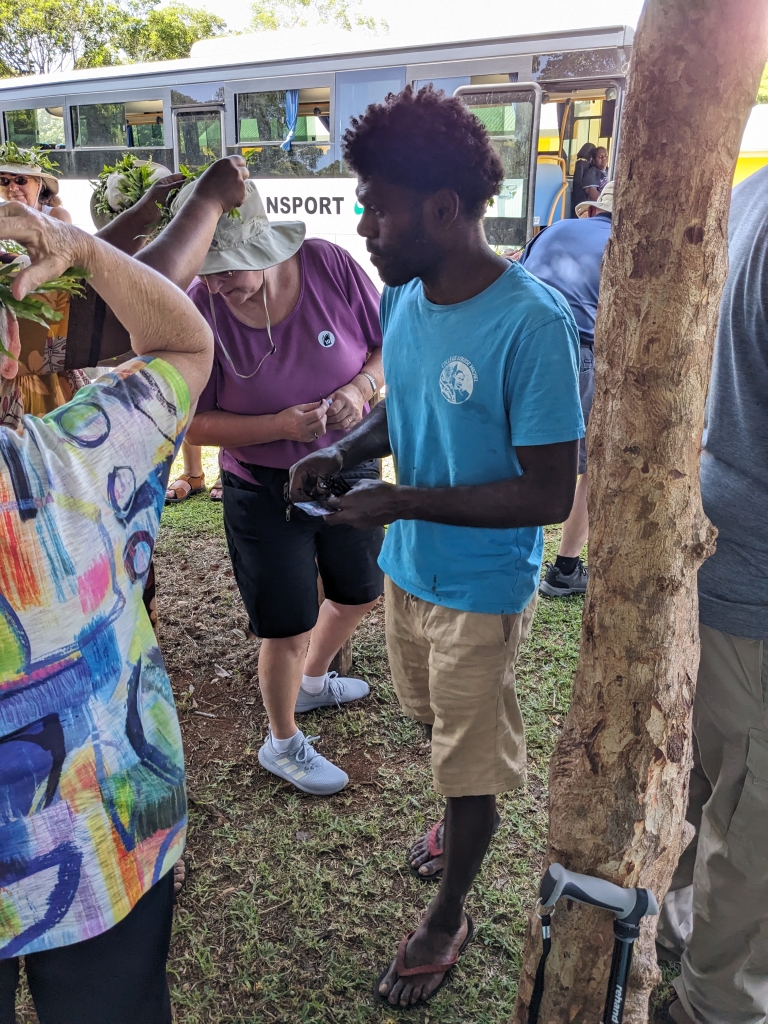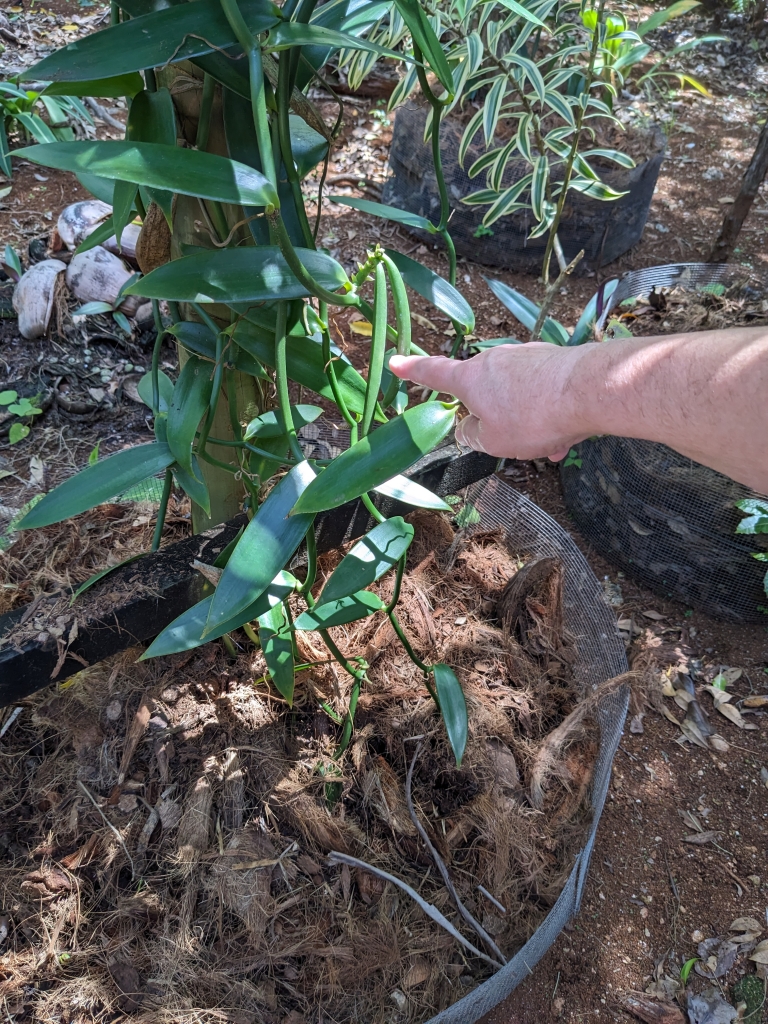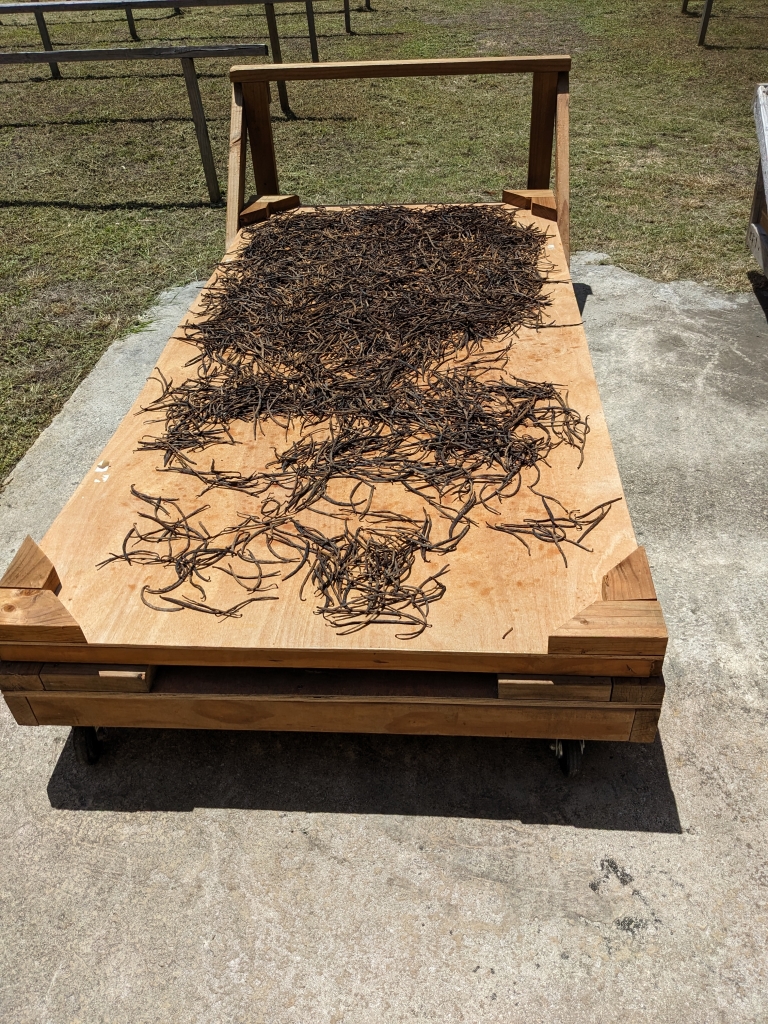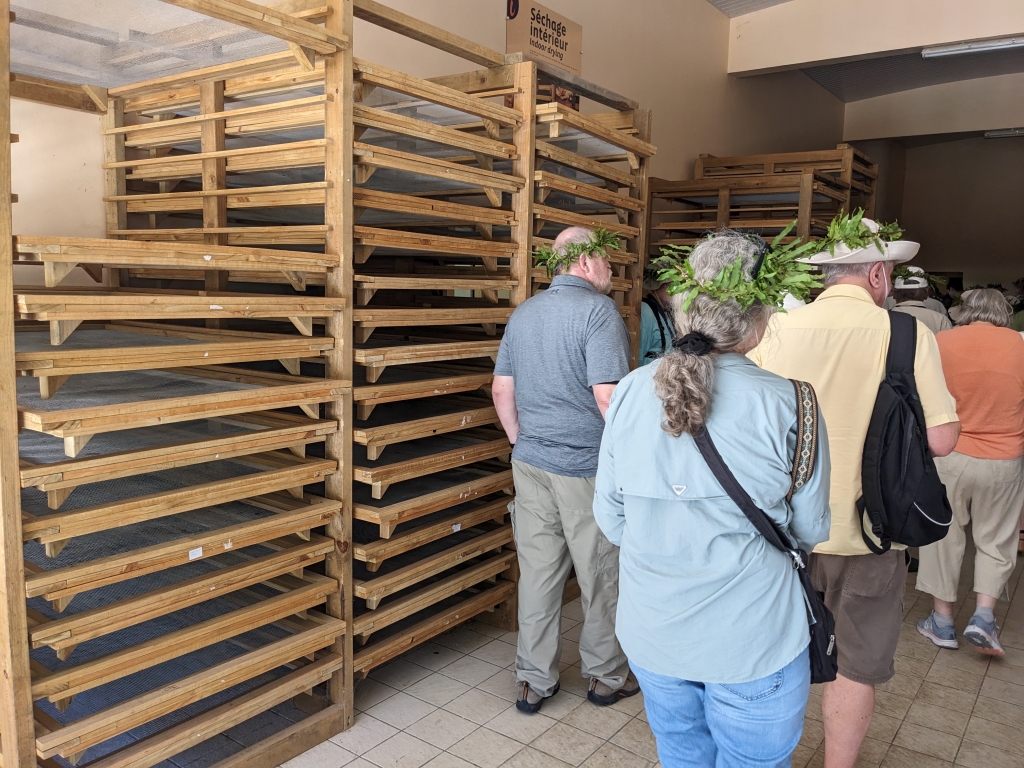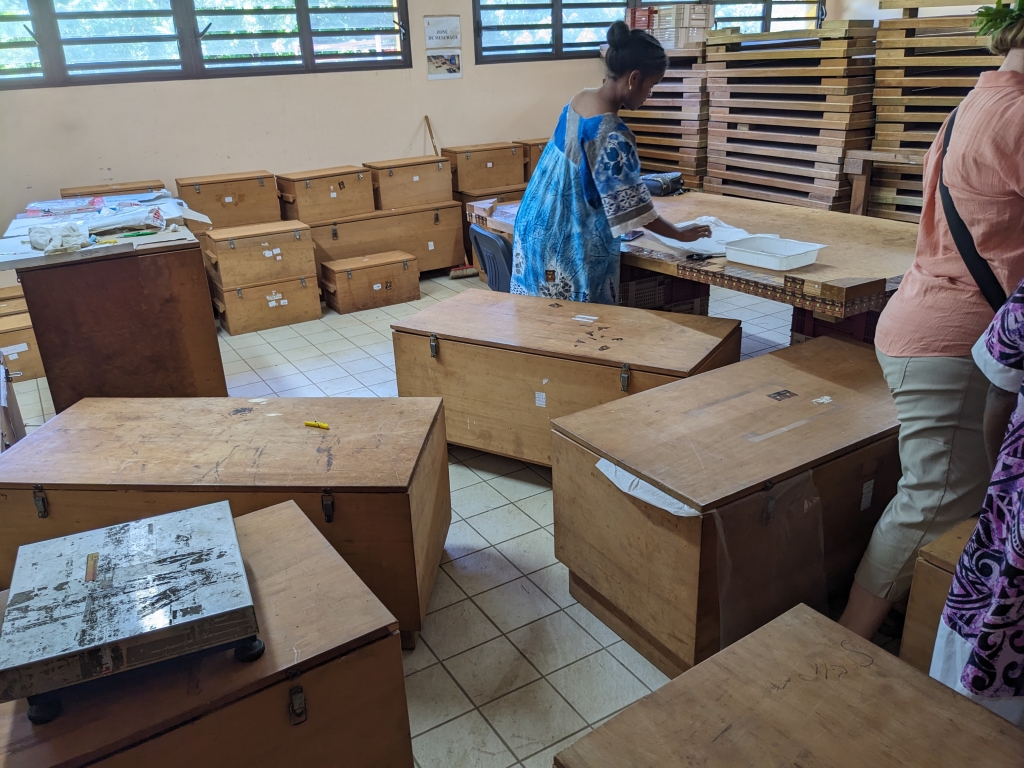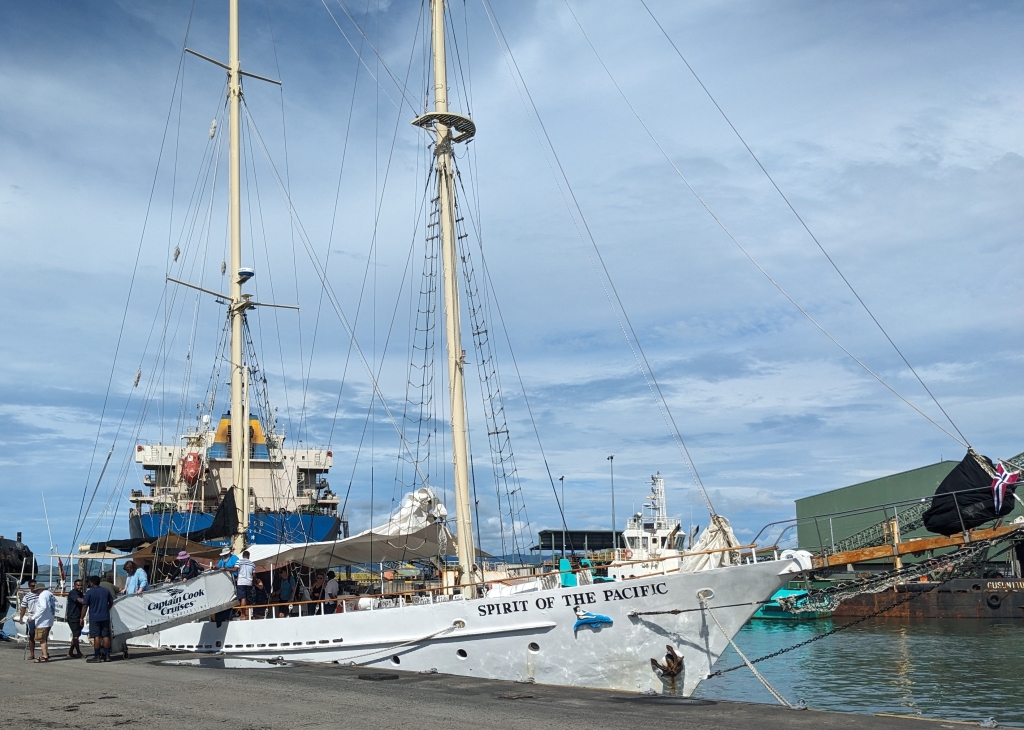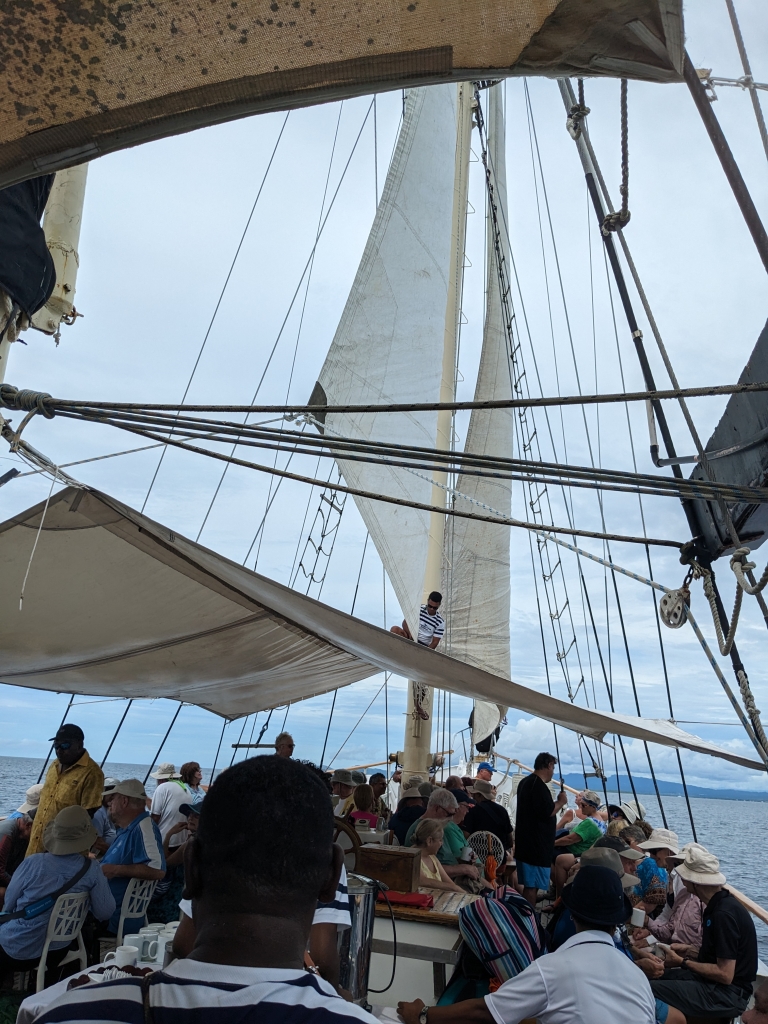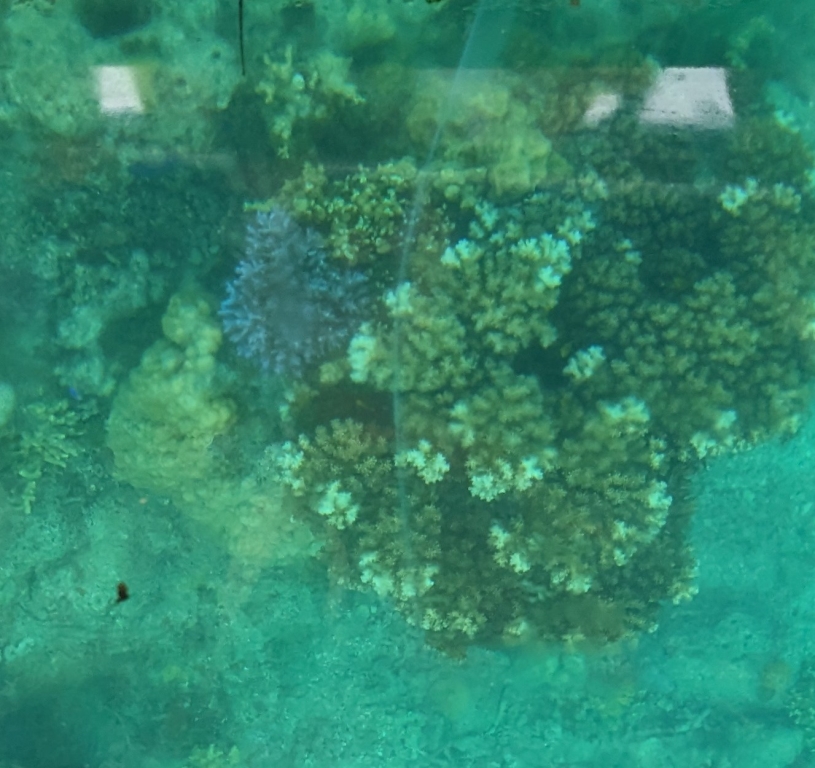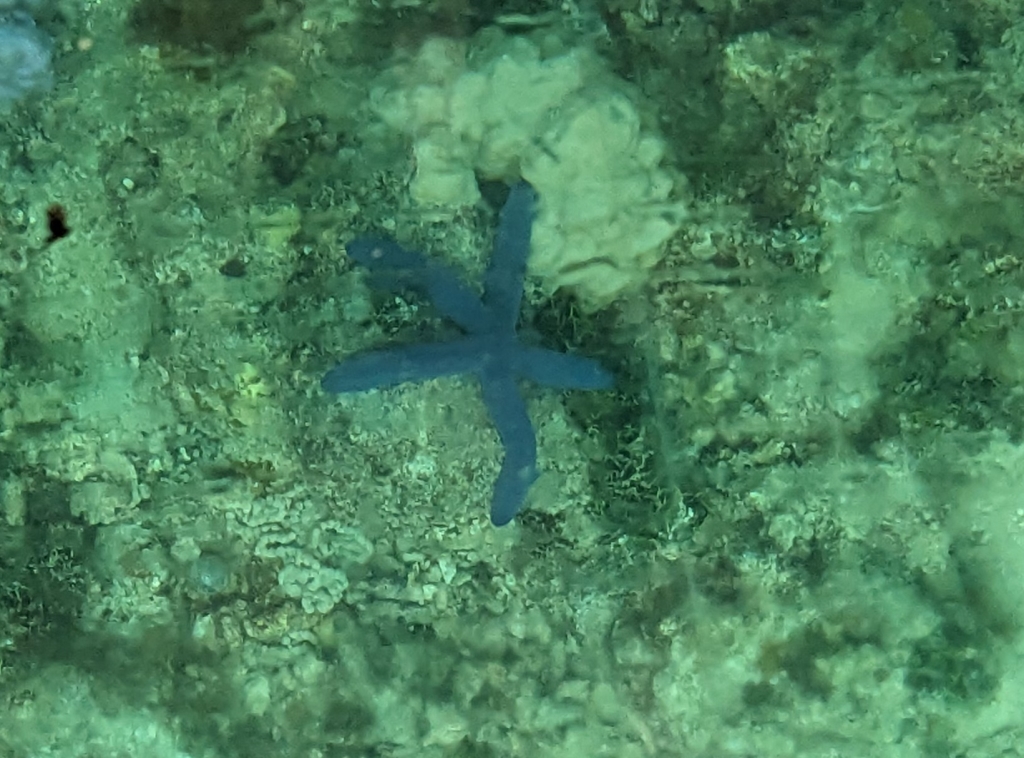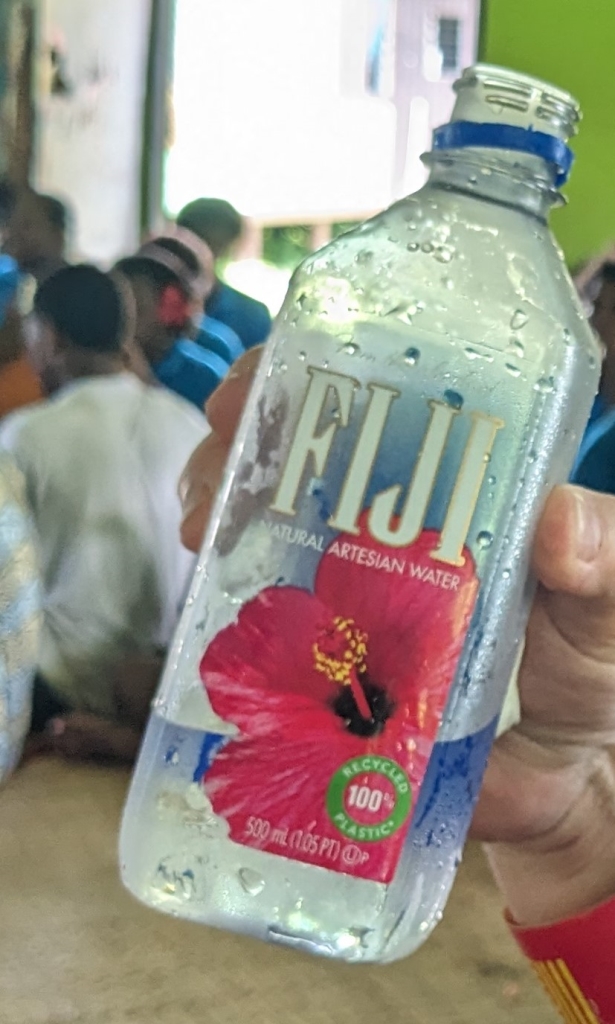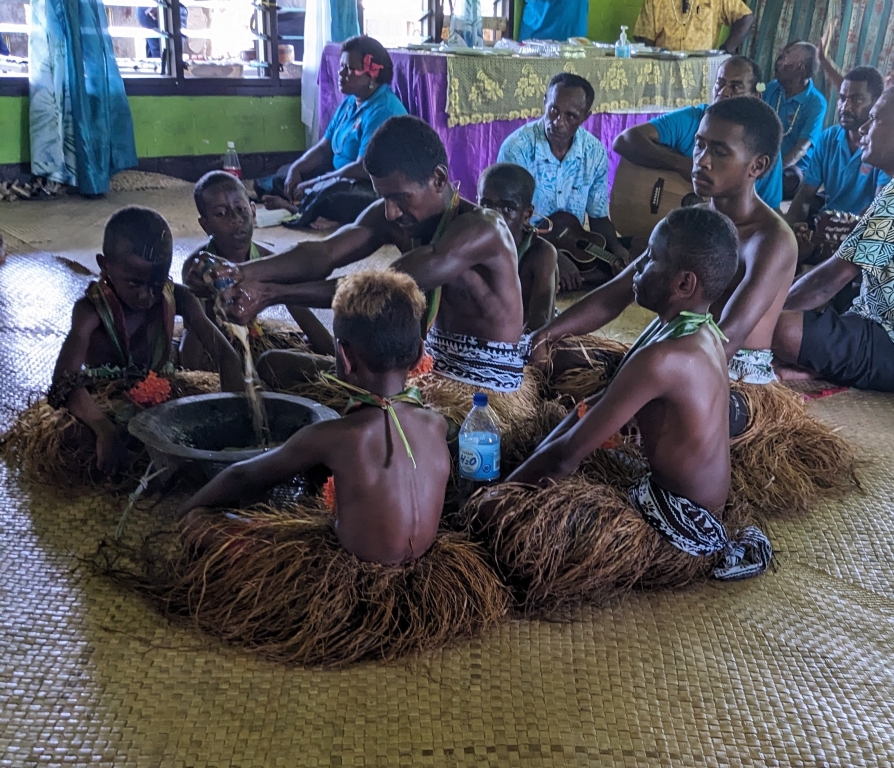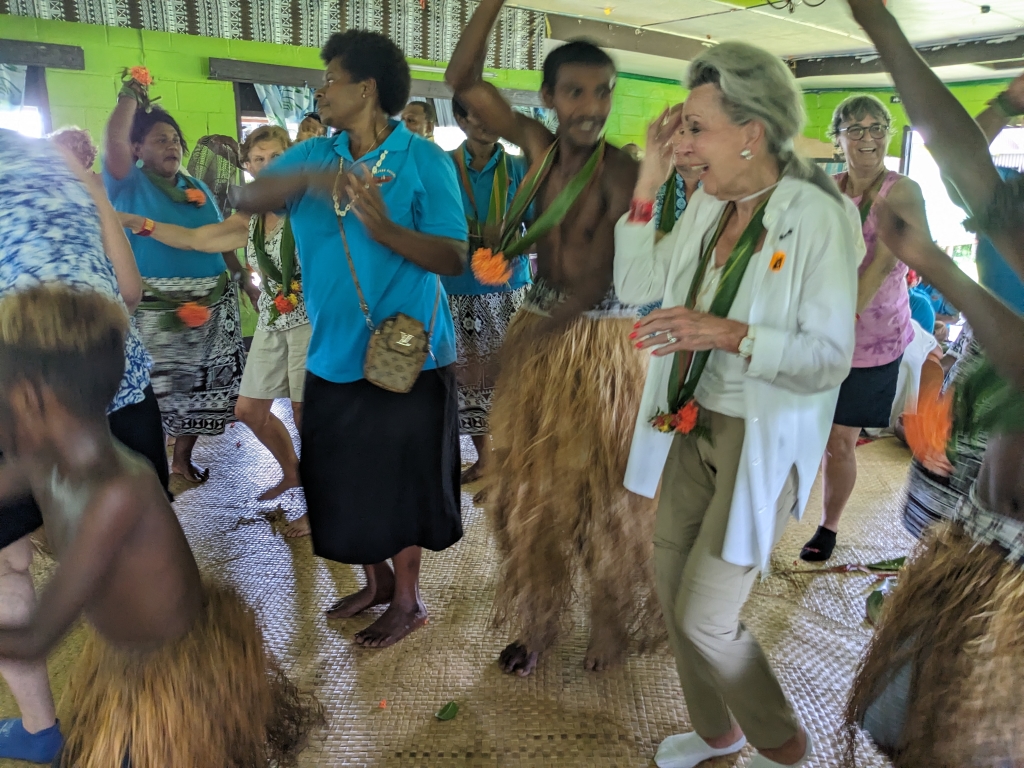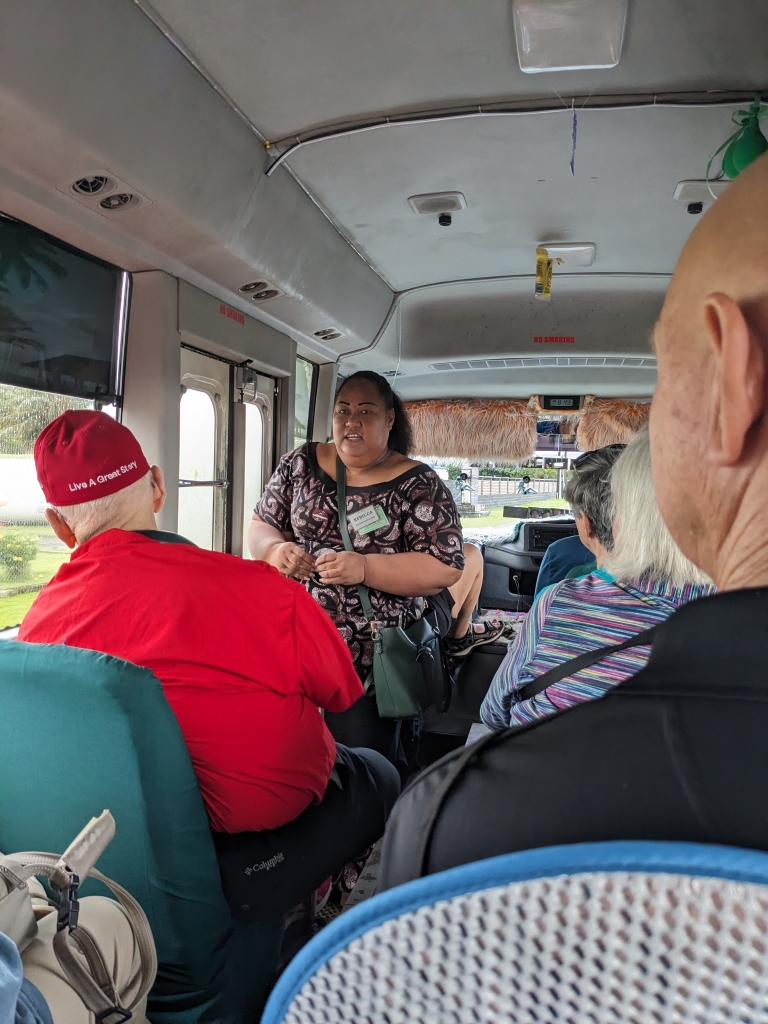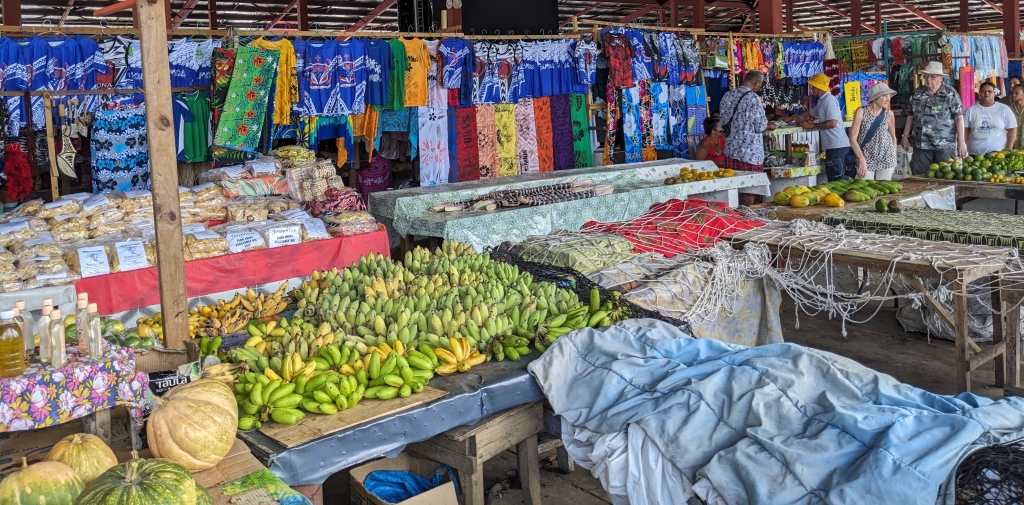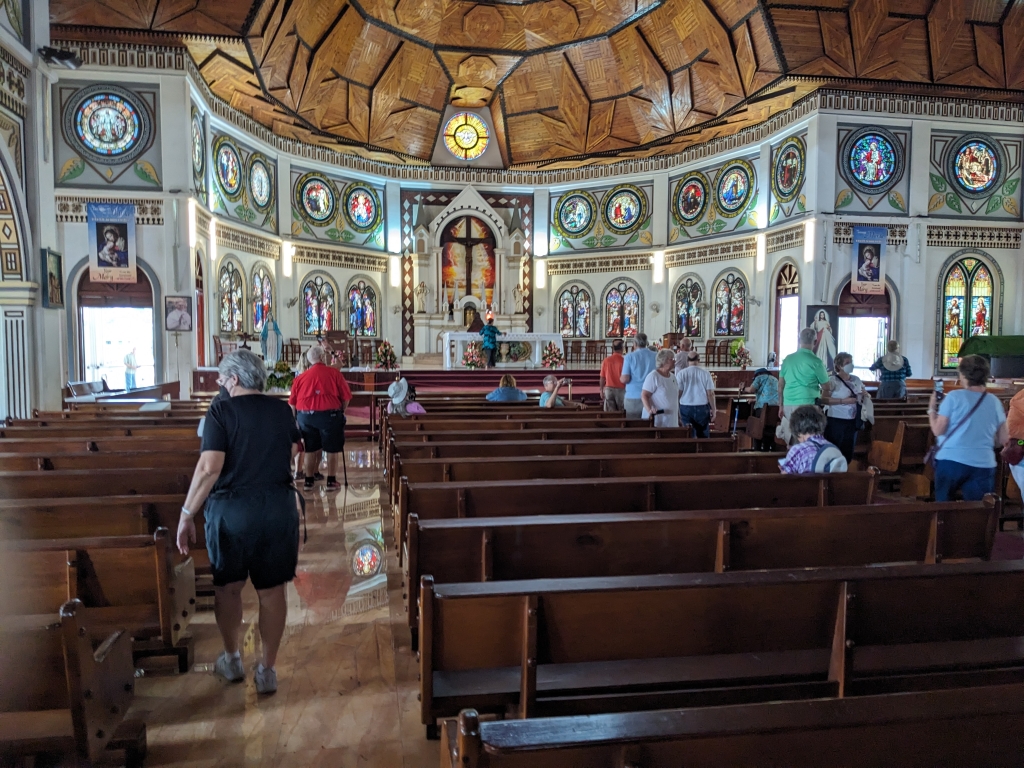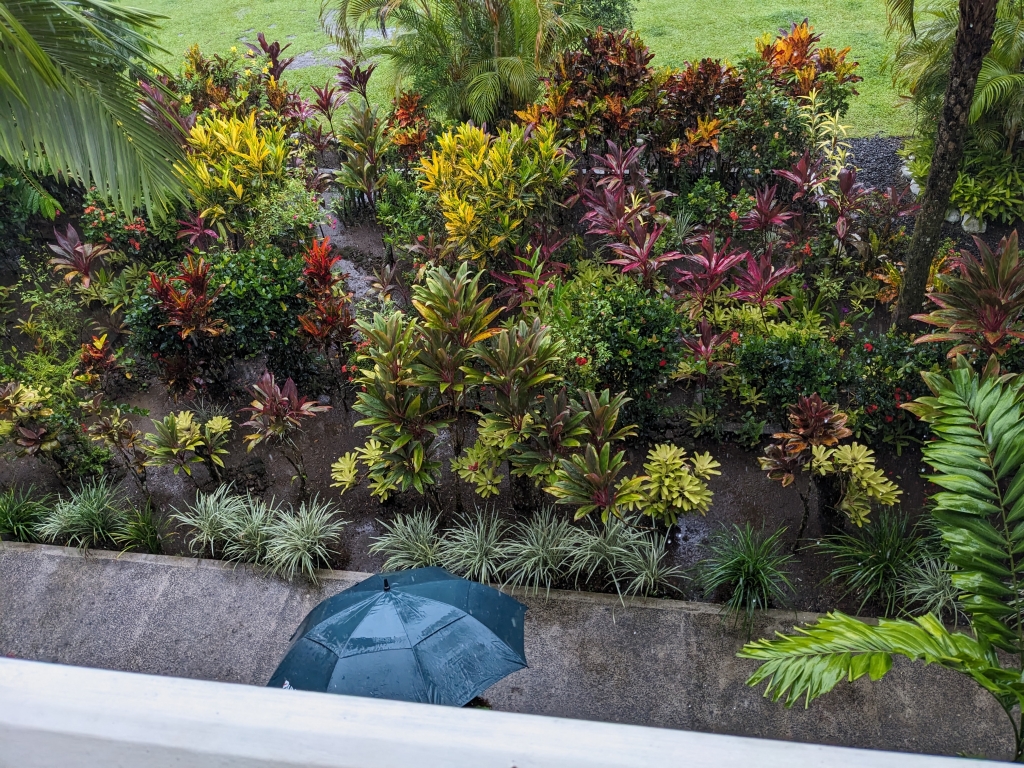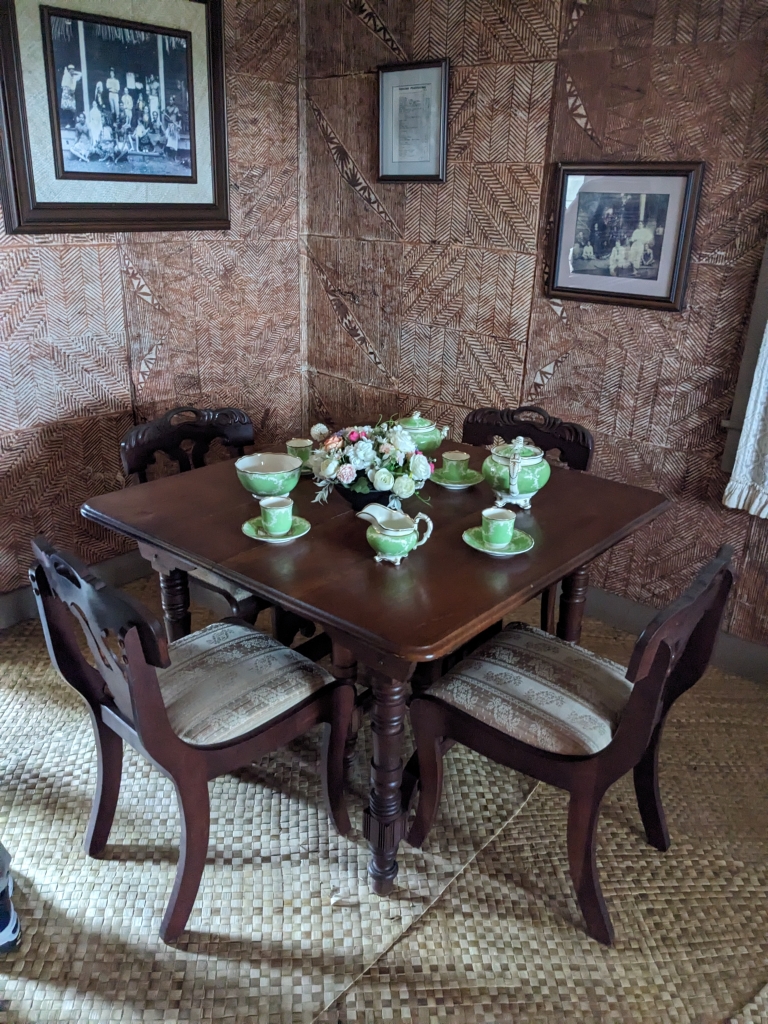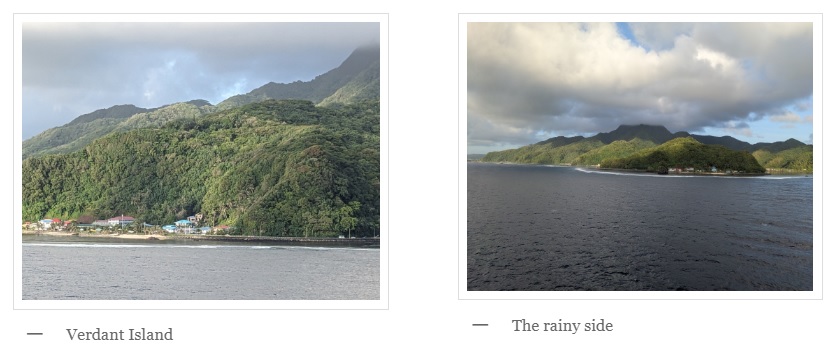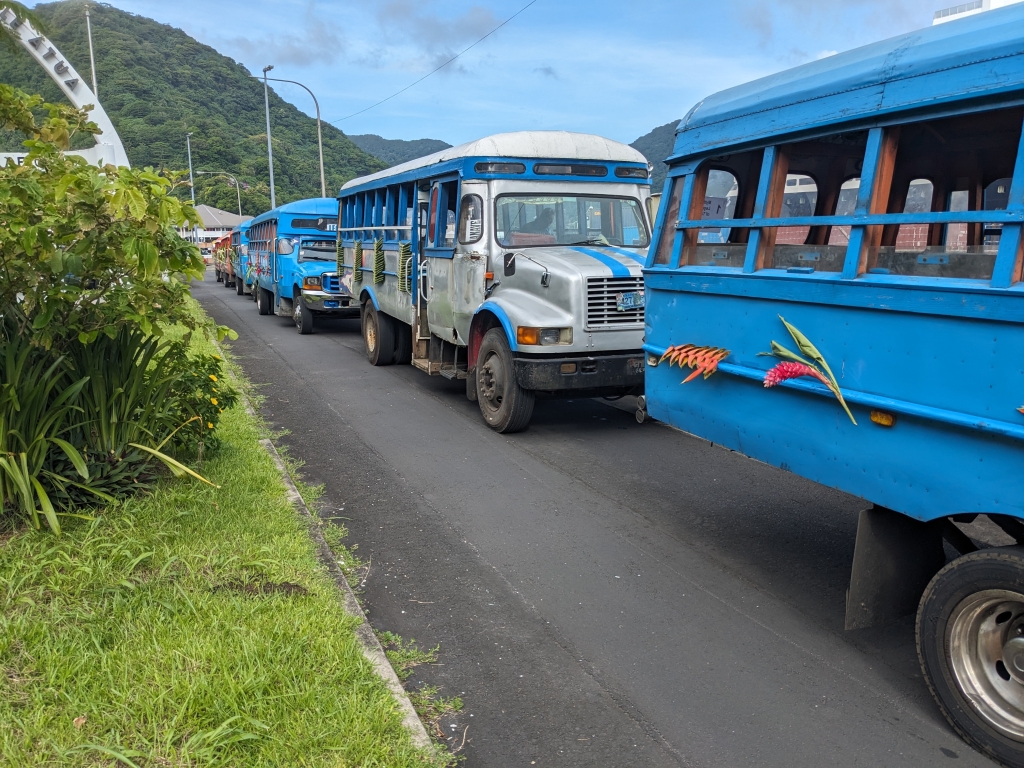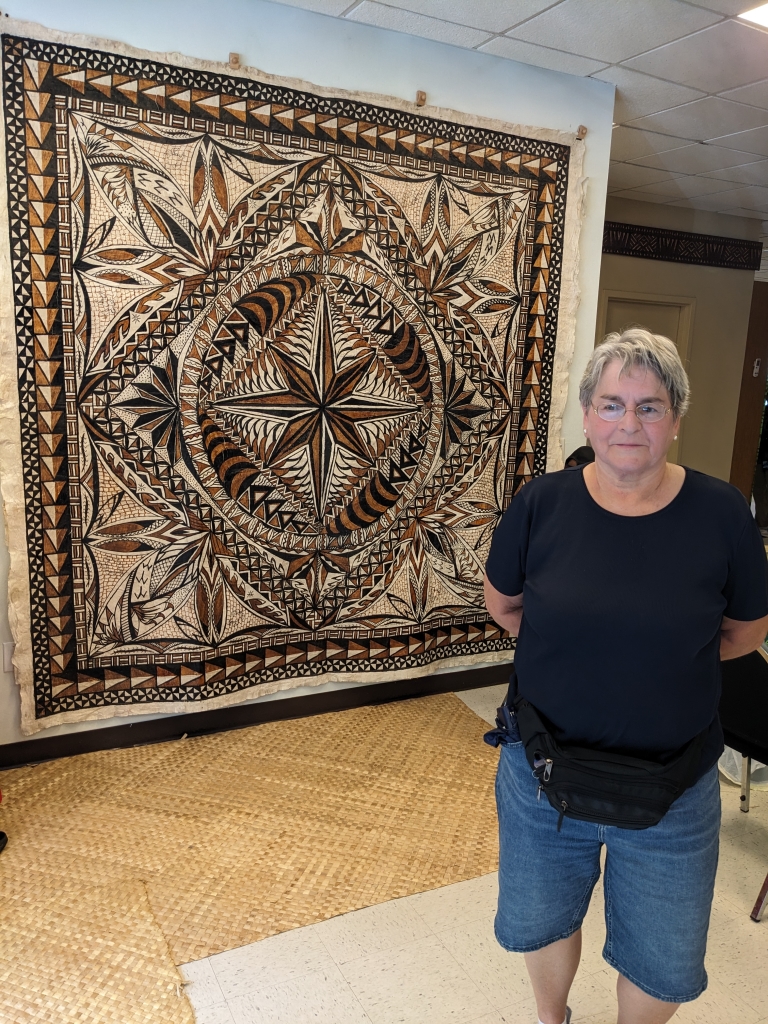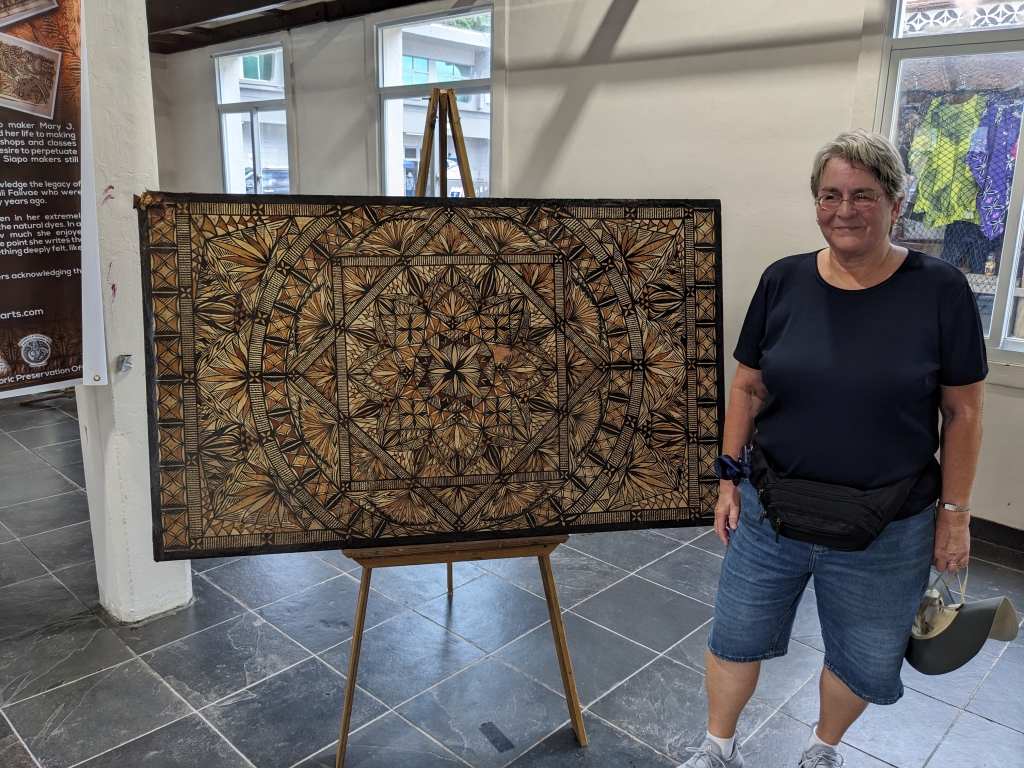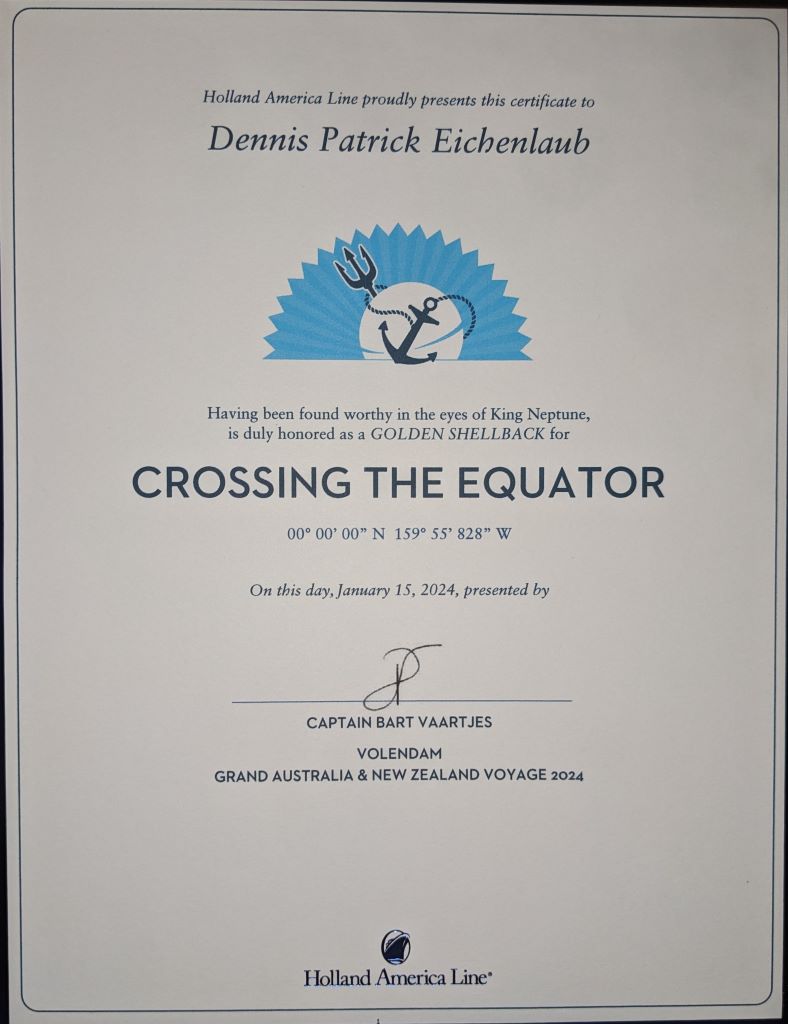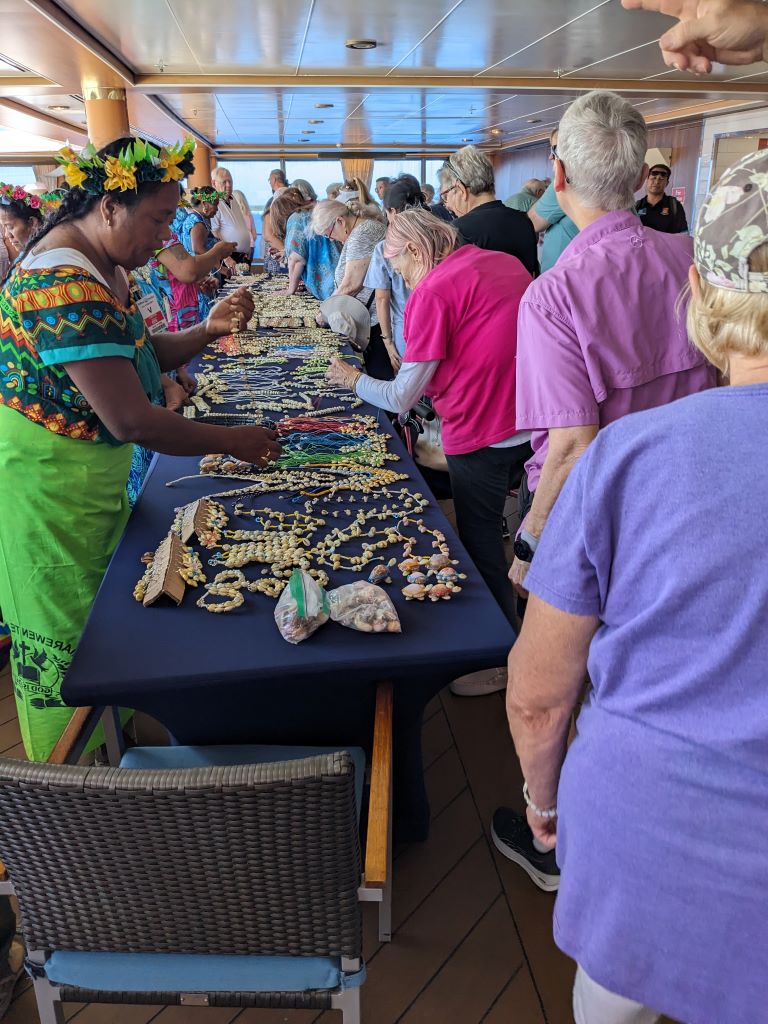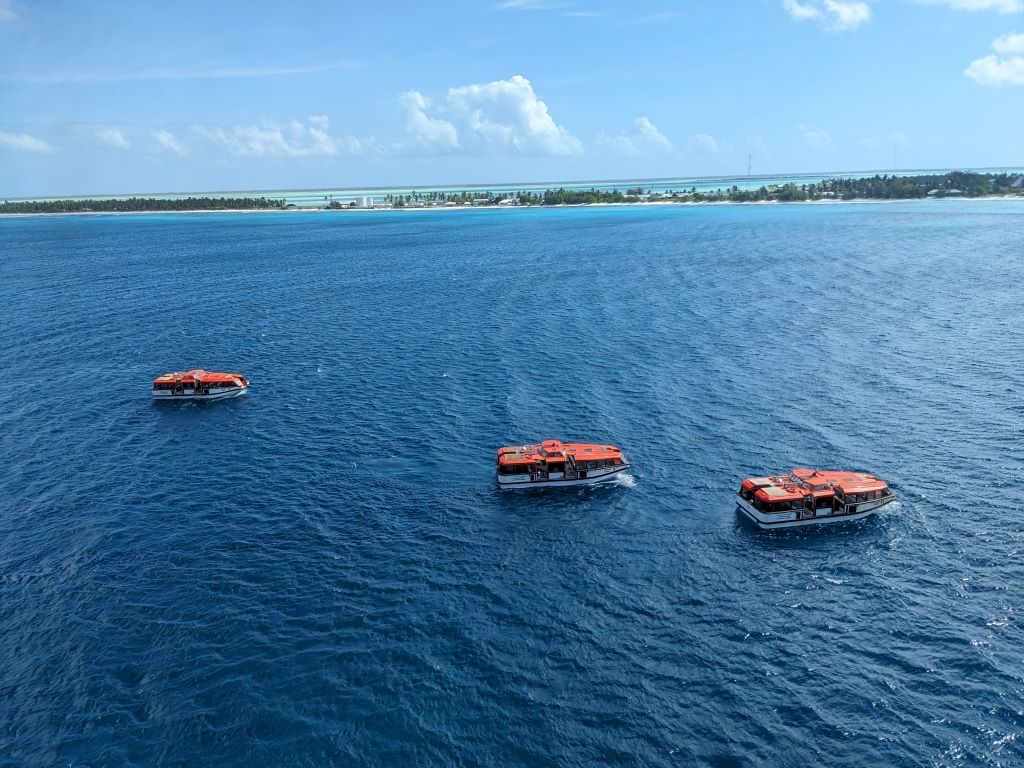The thing we were most looking forward to is visiting Australia, and we started that today. It’s always nice to start out with a welcome from the aboriginal owners of the land. We got a first-class welcome from a story teller and a didjeridu player.
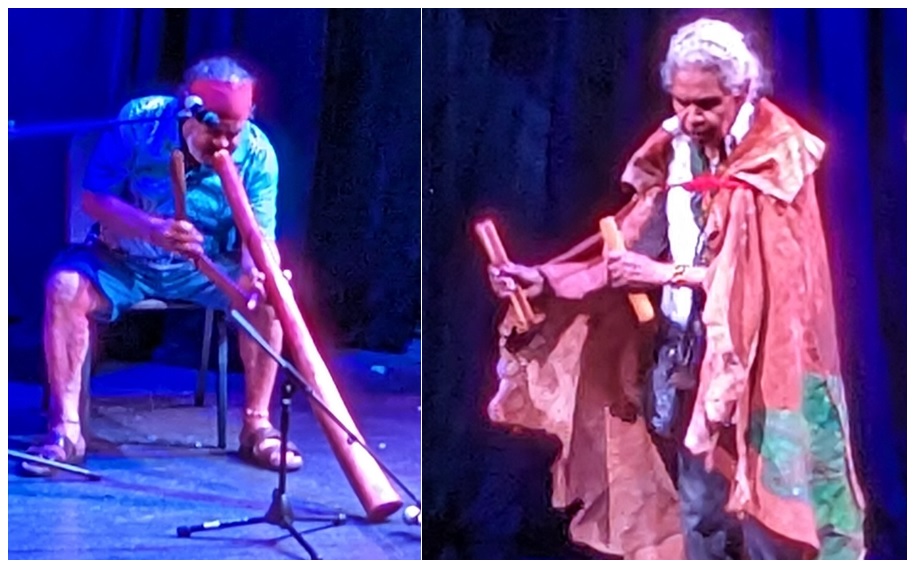
The thing I most wanted to see in Brisbane is Kinston-Smith’s plane, the Southern Cross. Kingsford-Smith is probably the best pilot from the early days of aviation. He used this Folker tri-motor to gain many of his records, including first to circumnavigate the world crossing the equator and first to fly across the Pacific ocean. The latter was the harder. He and his crew had to navigate to and land on Fiji so they could refuel. This is an incredibly dangerous task, as Amelia Earhart found out. The plane had a crew of 4 — engineer and navigator in the back, pilot and copilot in the front. They couldn’t see each other because there was a huge gas tank between them. They communicated by taping a note to a stick and passing it back and forth. I was disappointed that the windows of the exhibit were covered with condensation. But I am glad I was able to see the plane.
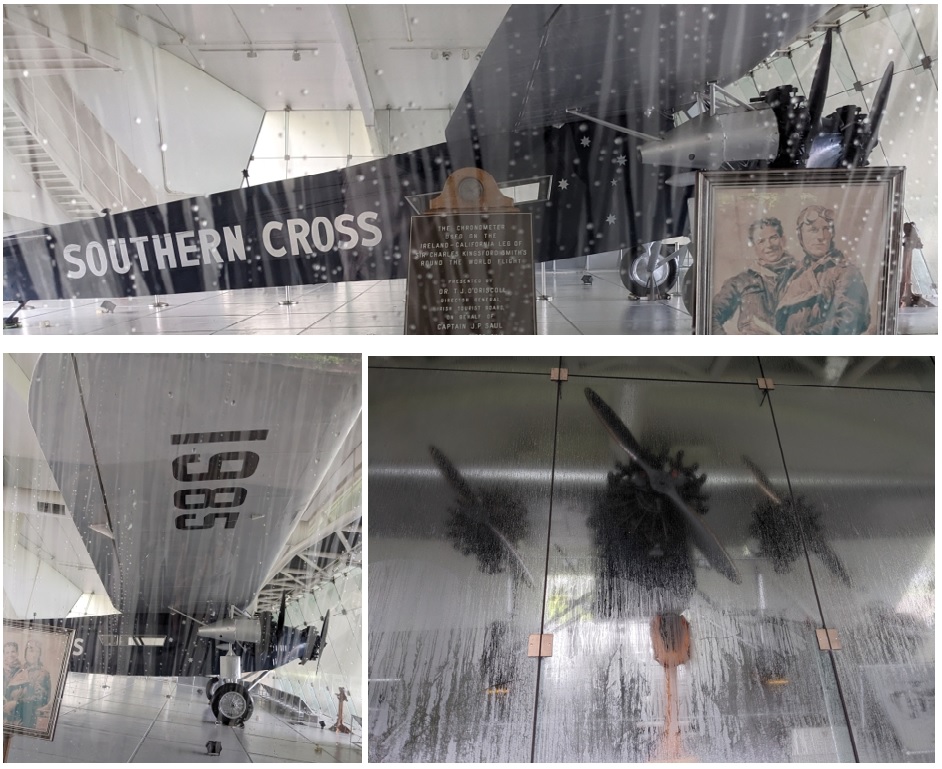
We originally planed to go to the Long Pine Koala Sanctuary. We decided it wasn’t wise to try. It is a bit of a drive. We are on the rainy side of the continent during the rainy season. A cyclone has passed through a few days ago, plus there was a heavy rain overnight last night. We were there at high tide. Some areas had significant flooding. So we dropped that idea and decided to visit the Brisbane museums. The science museum had two highlights. The first is a Box jellyfish. This is one of the most venomous animals in the world.
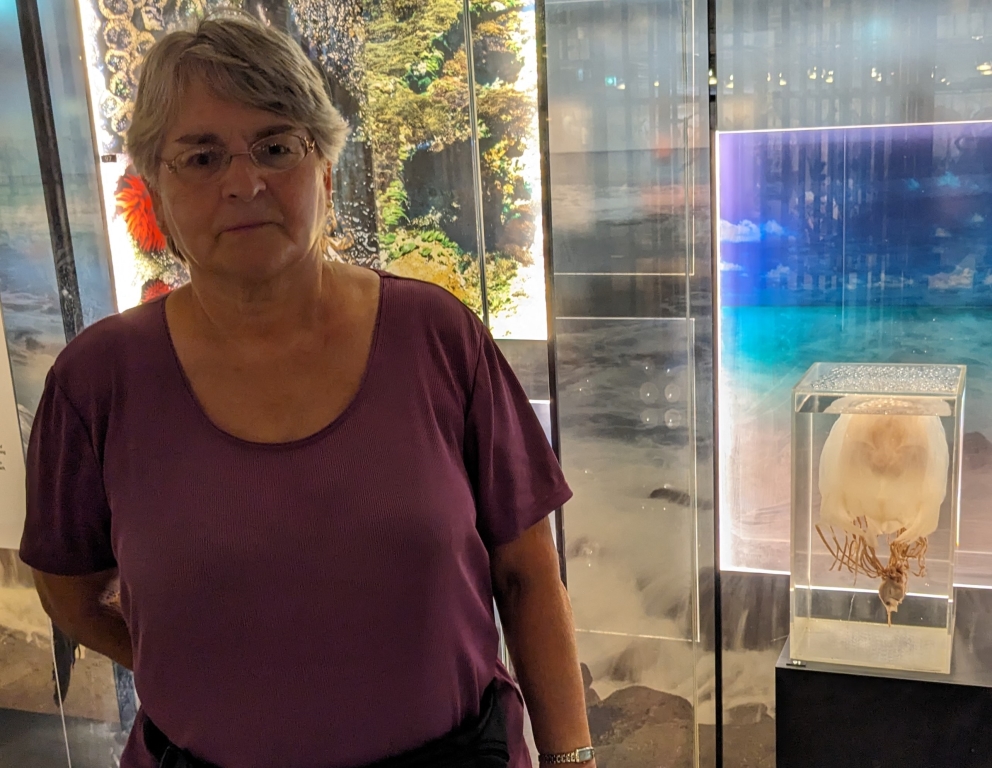
The other highlight was a display about moth wings. It turns out their wings are not smooth. They are covered with 200 nm spikes that can penetrate the cell membrane of a bacteria, rupturing the cell. It’s a pretty cool idea.
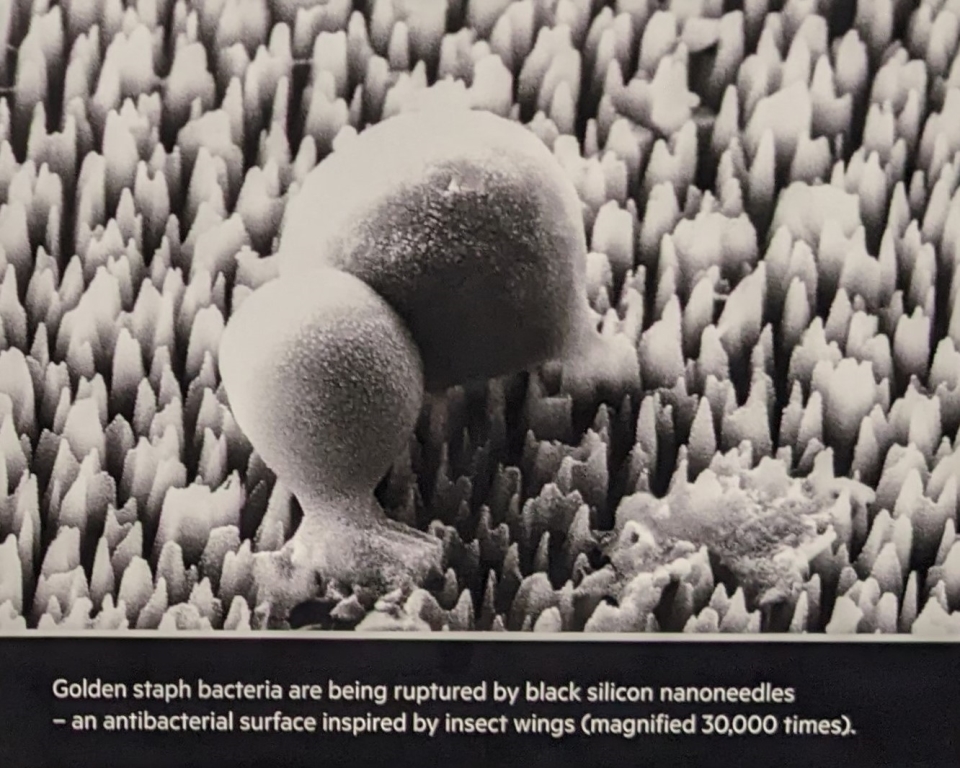
The last surprise of the day was a tour of the art museum given by Greg. We were the only two who wanted the 1:00 tour. The highlight was a description of dot art. Aborigines use art to tell dreamings. But only men can se the men’s dreamings, and only women can see the women’s. How could they exhibit the art? The solution was to hide the dreaming under dots. A man can see the art and understand the dreaming. Anybody else can’t see the dreaming but can appreciate the art.
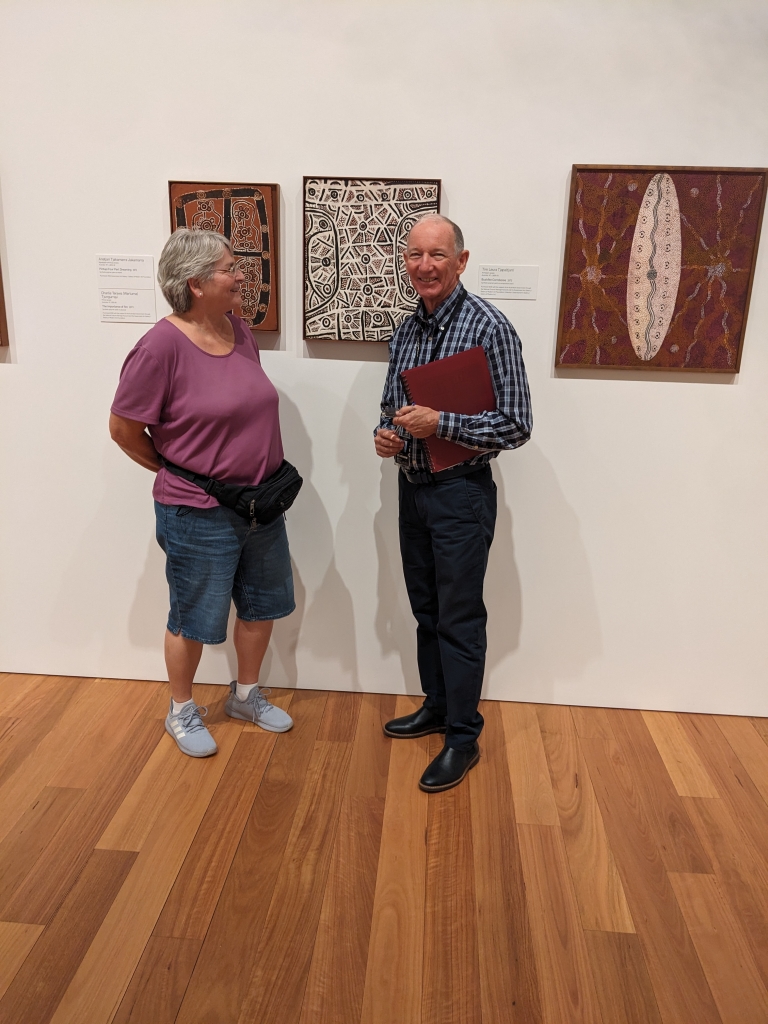
Tomorrow is a sea day. I hope everybody is doing well.

